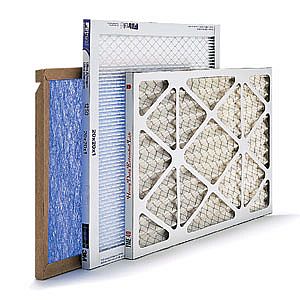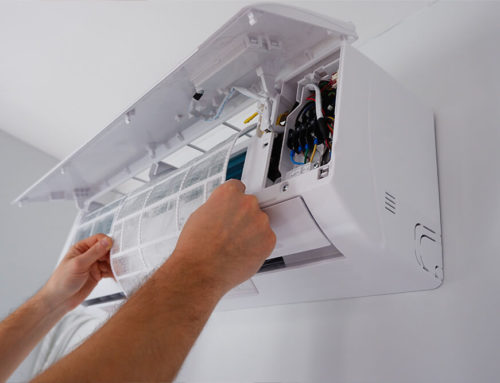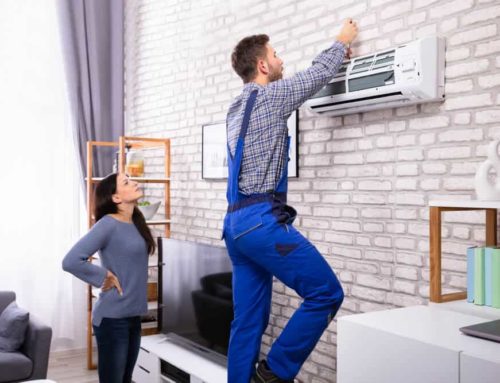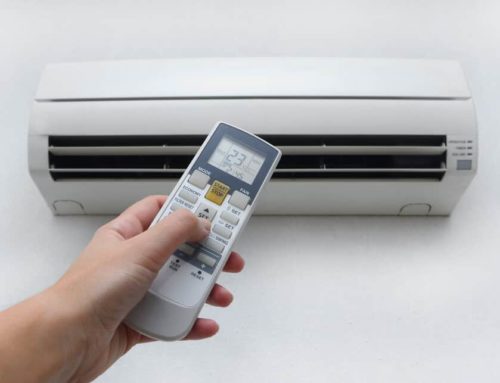NASA’s Goddard Space Flight Center has one of the largest clean rooms on the planet. An entire wall of the High Bay Clean Room, some 9,000 square feet, is covered with HEPA filters cleaning a million cubic feet of air a minute. The super-heavy-duty filters need replacing once every 40 years or so, and every cubic foot of the clean room has fewer than 10,000 particles that measure more than half a micron. Chances are, you are not building spacecraft in your home, so air filters for home use need not be so permanent or so complicated. When selecting the right air filters for home comfort, you have many choices of quality, price and durability.
Basics of Air Filters
Air filters for home heating, ventilation and air conditioning (HVAC) systems fall into two basic categories:
- Disposable—Flat fiberglass, pleated and electrostatic air filters make up the bulk of this category
- Permanent—Electrostatic, deep media, high efficiency particulate air (HEPA) and gas-phase filters represent a considerable investment and generally require professional installation and maintenance by HVAC contractors
Remembering the old adage, “You get what you pay for,” disposable filters make up the bulk of the cheapest of the air filters for home use. These are really meant to prevent damage to your furnace and central air conditioner, by intercepting large particles before they hit the inner workings of your HVAC equipment. For family health and improved indoor air quality, disposables are not reliable.
Other families can make an effective argument, however, that there comes a point when more money does not buy better indoor air. Some filters come with such high ratings that they can constrict airflow, affecting your home’s heating and cooling and possibly damaging your furnace, air handler or central air conditioner.
Some Yardsticks
Air filters for home, industrial or hospital use are measured using a Minimum Efficiency Reporting Value (MERV) scale. MERV makes a convenient yardstick for comparing air filters for home use, because extremely expensive filters (MERV 15 and higher) are best for hospitals, operating rooms and NASA.
A micron is a millionth of a meter; you can see objects around 40 microns and larger. Human hair is around 70 microns in diameter. A good air filter for home use will clean your air down to between three and 10 microns.
HEPA filters do not use the MERV scale, because they have to meet higher standards than filters on the MERV rating system.
Finally, an improperly sized air filter completely defeats any filter’s effectiveness. Bypass leakage from too loose a filter allows air to go around, not through, the filter. Too large a filter crammed into place may cause the filter to fold or crimp. Be certain to measure your filter housing accurately and purchase new air filters of the exact size.
Disposable Filters
Three disposable (meaning they only last a month or so) filters commonly seen in home HVAC systems are usually available at big-box home stores, hardware stores and even grocery stores:
- Flat fiberglass—These very inexpensive, cardboard-framed pieces should be replaced (if used at all as air filters for home HVAC systems) every month during heating and cooling seasons. They capture only the largest particulates and do little to protect your family’s lungs, rating only MERV 1 to 4.
- Pleated—By folding the fiberglass sheet, manufacturers increase surface area, which increases filtering. You can purchase either thin (one to two inches) or thick (four to five inches) pleated filters, which will provide up to MERV 13 cleaning. The more air that circulates, the more often the filter cleans your indoor air.
- Electrostatic—At MERV 12 to 15, electrostatic air filters for home use generate a static charge that attracts particulates in your home’s circulating air. The microorganisms, dust and pollutants are attracted to either the positive or negative static charges in the various filter layers.
Permanent Filters
Installed by HVAC professionals, permanent air filters for home use can be cleaned and reused (or replaced annually), conserving resources while still providing plenty of clean air to your family:
- Electrostatic—Yes, this type appears in both disposable or permanent lists, depending on how much you are willing to spend on truly efficient air filters for home air cleaning.
- Deep media—Imagine gathering five to eight regular filters and stuffing them into your ductwork. Simply by adding so much space for filtration, you get up to MERV 16 cleaning.
- High Efficiency Particulate Air (HEPA)—If a family member has respiratory problems, you want HEPA air filters for home purification of indoor air. These surpass MERV ratings, but a rough equivalence would be MERV 17 and higher.
- Gas-phase—Almost never used as air filters for home use, gas-phase filters do not have the same rating system as other filters. They use activated charcoal to filter out smells, volatile organic compounds (VOCs) and unwelcome gases in your home.
We strive to educate our customers the best we can, without being biased. We hope this helps you the next time you are in the market for a new home air filter!





